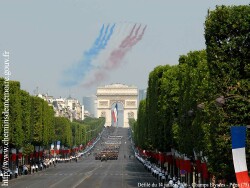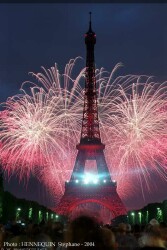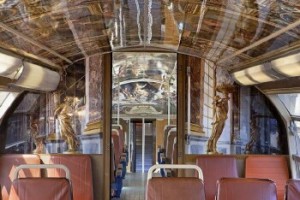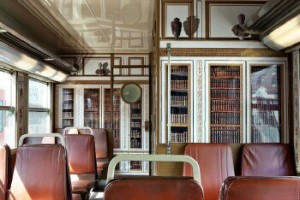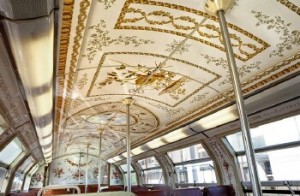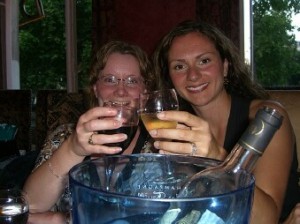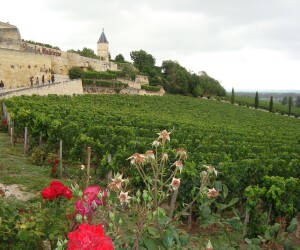 Thinking of visiting Provence? Then mark your maps for a stopover in Avignon. Located in the south of France in the department of the Vauclause, Avignon is a beautiful city surrounded by medieval ramparts in the heart of Provence. During the fourteenth century, it became the residence of the Popes. As a result of the Great Schism—the great division between the Roman Catholic Church and the Eastern Orthodox Church—the Roman Church re-established itself in Avignon, and to recognize this fact, Le Palais des Papes was constructed in 1335, under Pope Benedict XII and his successor, Pope Clement VI. Now recognized as a UNESCO world heritage site, it holds 15,000 square meters of living space, making it the largest Gothic palace in the world.
Thinking of visiting Provence? Then mark your maps for a stopover in Avignon. Located in the south of France in the department of the Vauclause, Avignon is a beautiful city surrounded by medieval ramparts in the heart of Provence. During the fourteenth century, it became the residence of the Popes. As a result of the Great Schism—the great division between the Roman Catholic Church and the Eastern Orthodox Church—the Roman Church re-established itself in Avignon, and to recognize this fact, Le Palais des Papes was constructed in 1335, under Pope Benedict XII and his successor, Pope Clement VI. Now recognized as a UNESCO world heritage site, it holds 15,000 square meters of living space, making it the largest Gothic palace in the world.
A visit to the Palais is a must. The magnificence of yesteryear is felt throughout the entire palace, although today empty, but the guides revive history in the empty rooms and recount the lustrous meals, the costly guards, and the elegance of the papal reign. The cost of admission: 10.50€, reduced: 8.50€. Tours and cultural events are offered throughout the year.
The city of Avignon is surrounded by ramparts, built since 1355 to protect and fortify the city from mercenary assaults. There is no cost to see them. They provide a beautiful view of the city, and add to its intoxicating medieval charm.
Another UNESCO world heritage site found in Avignon is the famous Pont d’Avignon, also known as the Saint Bénezet Bridge which 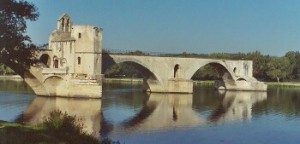 overlooks the Rhone River. Built in the twelfth century, it collapsed several times due to the flooding of the river. The bridge underwent several reconstructions, but a flood in the 17th century finally put the bridge out of commission. Now only a few of the bridge’s arches remain today. The famous children’s song “Sur le Pont d’Avignon” references this bridge, providing its listeners with the historical and cultural significance, since the Middle Ages. To visit the Pont d’Avignon, it costs 3.50€ as a reduced admission, 4.50€ for a regular admission.
overlooks the Rhone River. Built in the twelfth century, it collapsed several times due to the flooding of the river. The bridge underwent several reconstructions, but a flood in the 17th century finally put the bridge out of commission. Now only a few of the bridge’s arches remain today. The famous children’s song “Sur le Pont d’Avignon” references this bridge, providing its listeners with the historical and cultural significance, since the Middle Ages. To visit the Pont d’Avignon, it costs 3.50€ as a reduced admission, 4.50€ for a regular admission.
Amongst the other landmarks to see in Avignon is the beautiful Cathédrale Notre Dame des Doms, constructed in 1037. Since then, the cathedral has undergone much reconstruction and expansion, the last of which took place near the end of the 17th century. Admission is free to the general public. The Musée Calvet (the museum of art and archeology) and the Musée Angladon (more contemporary art, impressionist art) are also well worth seeing.
Host to one of the most innovative and successful theatre festivals in the world every summer in the month of July), Avignon has much to offer to its visitors. Its charm, history, culture, mild climate, and welcoming people make this city a must-see while traveling in France.
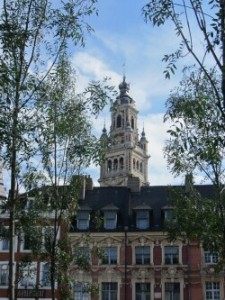
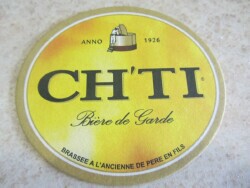
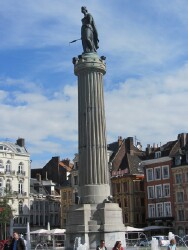
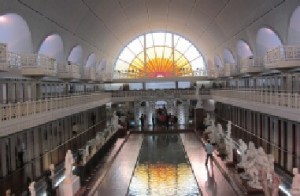
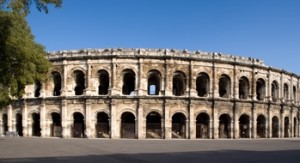
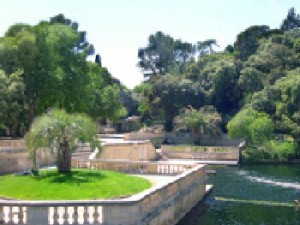
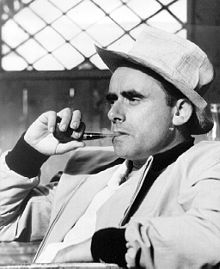
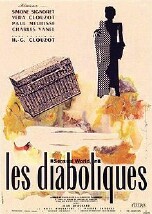
 Teachers: if you haven’t already done so, show your students the award-winning movie The Class (rated PG13 so perhaps high school and above). This 2008 film, Entre les murs, is directed by Lauren Cantet and based on the semi-autobiographical novel written by middle school teacher François Bégaudeau. The fact that the teacher and many of his students star in the movie makes it especially compelling. The DVD includes an interesting Making-of Featurette as well as added commentaries which could also be used in class. Lesson plans are even available online! Go to the TV5Monde website at
Teachers: if you haven’t already done so, show your students the award-winning movie The Class (rated PG13 so perhaps high school and above). This 2008 film, Entre les murs, is directed by Lauren Cantet and based on the semi-autobiographical novel written by middle school teacher François Bégaudeau. The fact that the teacher and many of his students star in the movie makes it especially compelling. The DVD includes an interesting Making-of Featurette as well as added commentaries which could also be used in class. Lesson plans are even available online! Go to the TV5Monde website at

